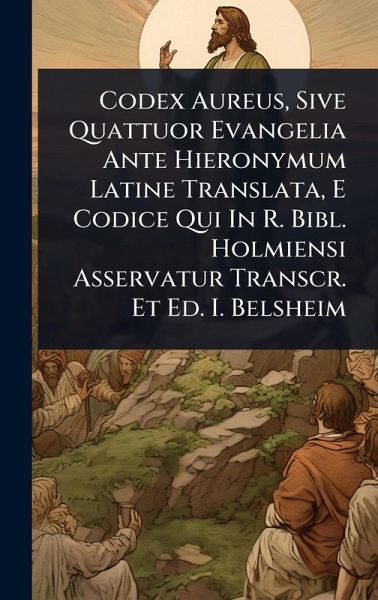
Codex Aureus, Sive Quattuor Evangelia Ante Hieronymum Latine Translata, E Codice Qui In R. Bibl. Holmiensi Asservatur Transcr. Et Ed. I. Belsheim
Versandkostenfrei!
Versandfertig in über 4 Wochen
37,99 €
inkl. MwSt.
Weitere Ausgaben:

PAYBACK Punkte
19 °P sammeln!
Codex Aureus, Sive Quattuor Evangelia Ante Hieronymum Latine Translata, edited by I. Belsheim, presents a transcription of the four Gospels translated into Latin before Jerome's Vulgate. This edition makes accessible a valuable codex preserved in the Royal Library of Stockholm. This text offers insights into the development of the Latin Bible and provides a crucial resource for scholars of biblical history and early Christian literature. The "Codex Aureus" is essential for understanding the textual traditions predating the Vulgate and the evolving interpretations of the Gospels in the early Ch...
Codex Aureus, Sive Quattuor Evangelia Ante Hieronymum Latine Translata, edited by I. Belsheim, presents a transcription of the four Gospels translated into Latin before Jerome's Vulgate. This edition makes accessible a valuable codex preserved in the Royal Library of Stockholm. This text offers insights into the development of the Latin Bible and provides a crucial resource for scholars of biblical history and early Christian literature. The "Codex Aureus" is essential for understanding the textual traditions predating the Vulgate and the evolving interpretations of the Gospels in the early Church. This meticulously transcribed and edited volume sheds light on the rich history of biblical translation and its impact on Western culture. This work has been selected by scholars as being culturally important, and is part of the knowledge base of civilization as we know it. This work was reproduced from the original artifact, and remains as true to the original work as possible. Therefore, you will see the original copyright references, library stamps (as most of these works have been housed in our most important libraries around the world), and other notations in the work. This work is in the public domain in the United States of America, and possibly other nations. Within the United States, you may freely copy and distribute this work, as no entity (individual or corporate) has a copyright on the body of the work. As a reproduction of a historical artifact, this work may contain missing or blurred pages, poor pictures, errant marks, etc. Scholars believe, and we concur, that this work is important enough to be preserved, reproduced, and made generally available to the public. We appreciate your support of the preservation process, and thank you for being an important part of keeping this knowledge alive and relevant.



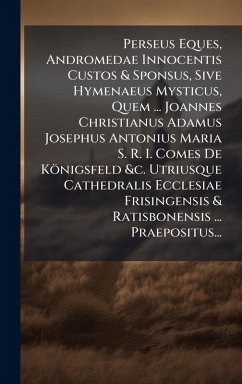
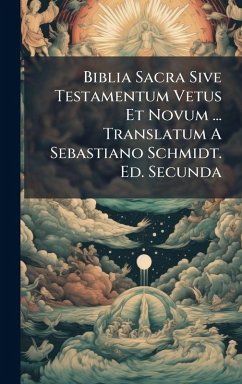
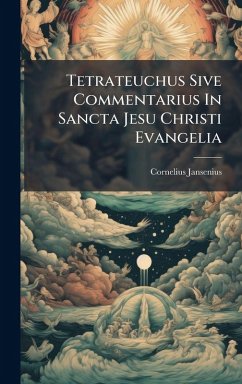
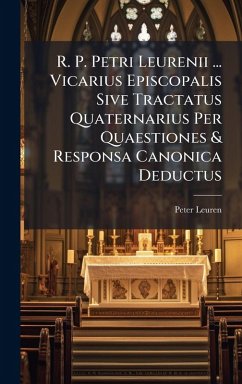
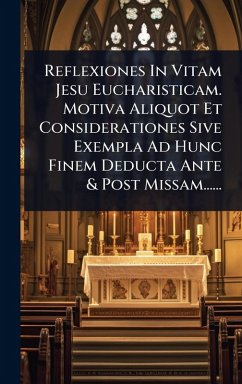
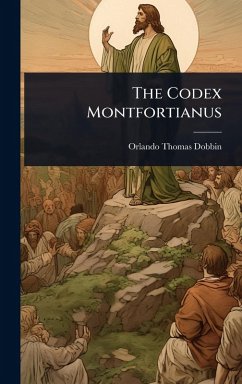
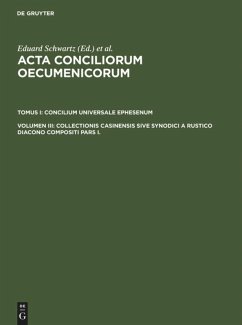
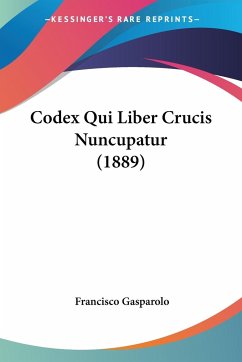
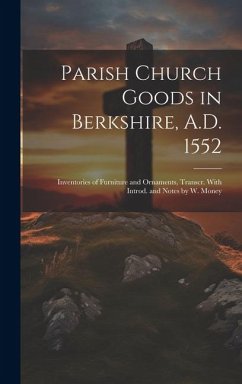
![Novum Testamentum Graece, Ad Codices Mosquenses [&c.] Iterum Recens., Lectiones Ecclesiasticas Ex Usu Ecclesiae Graecae Designavit, Ac Synaxaria Evangeliarii Et Praxapostoli Addidit, Et Criticis Interpositis Animadversionibus Ed. C.f. De Matthaei Cover Novum Testamentum Graece, Ad Codices Mosquenses [&c.] Iterum Recens., Lectiones Ecclesiasticas Ex Usu Ecclesiae Graecae Designavit, Ac Synaxaria Evangeliarii Et Praxapostoli Addidit, Et Criticis Interpositis Animadversionibus Ed. C.f. De Matthaei](https://bilder.buecher.de/produkte/75/75096/75096196n.jpg)